Looking to explore all Thailand has to offer? Check out some of our favorite wild animals in Thailand that you can see during your trip!
[Updated April 2020]
This post contains affiliate links for which Expedition Wildlife may receive a commission (where applicable) at no additional cost to you.
There are so many creatures to see in Thailand – even hearing the sounds of the jungle will excite your senses!
Patience is key for viewing some of these stunning creatures. Remember to always select sustainable and ethical tourism companies when viewing wildlife.
Thailand’s jungles are FILLED with so many animals. You just have to don your hiking gear and mosquito repellent and go into the jungle depths for at least a few days.
Our favorite places to see these animals in Thailand?
Discover Khao Yai National Park with Guide Jay for the best guide experience. You have the chance to spot wild Asian elephants, gibbons, hornbills, and more.
Go through Our Jungle House down at Khao Sok National Park for expert local wildlife and trail guides.
Note that much of what you’ll see is solely based on luck, but patience and staying quiet on the trail will get you very far.
Need more inspiration to visit Thailand? Check out the video we made from our trip!
Asian Elephant
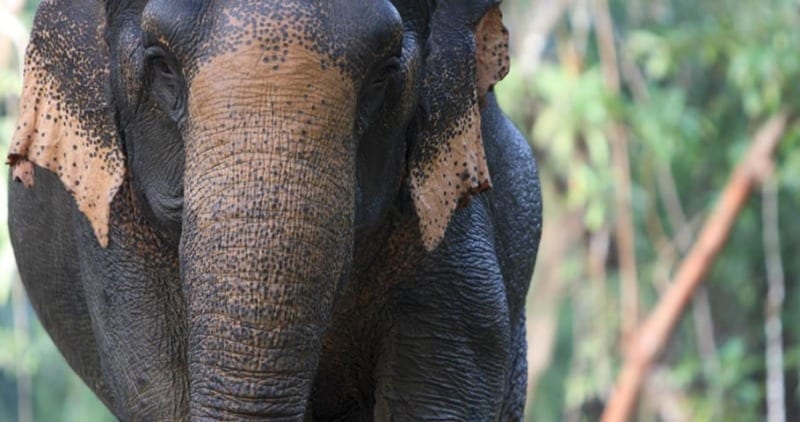
Photo by Nathan Rolls
Asian elephants (Elephas maximus) are the world’s second-largest land mammals, dwarfed only by their somewhat larger African counterpart. These are easily one of our favorite animals in Thailand.
These stunning creatures are on the IUCN Red List and are Endangered due to habitat loss and illegal poaching.
Importantly, make sure you select an ethical location to see elephants. Even viewing animals in the wild requires going with a guide who will always consider wildlife first.
Two highly recommended locations are Elephant Hills in Khao Sok and Elephant Nature Park near Chiang Mai.
There are approximately 30,000-50,000 elephants left in the wild throughout Asia, with around 3,000 of those located in Thailand.
Elephants have incredibly large home range areas, so finding the best time and place to see them in the wild can still be a challenge. The cooler season from November to February may likely draw out more individuals from the forest during the daytime.
Khao Yai National Park and Kaeng Krachan National Park are two of the best places to spot elephants in the wild. Going with a guide (like Jay!) will help increase your chances dramatically.
PRO TIP: Select an elephant sanctuary that strictly forbids riding of elephants (including the two listed above). Those that encourage this type of tourism are NOT ethical sanctuaries. In contrast, ethical locations will allow feeding, mud bathing, and washing elephants, as well as limit the number of people who visit in a day.
Langur
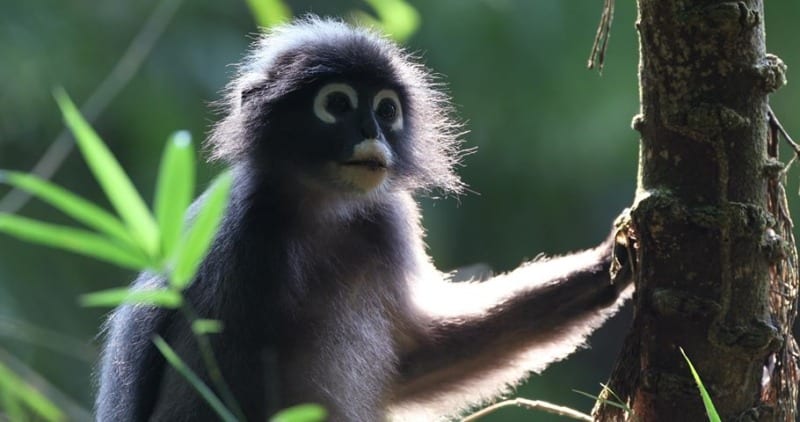
Photo by Nathan Rolls
Langurs (Trachypithecus obscurus), also known as the Spectacled or Dusky Leaf Monkey, are shy creatures and are quite hard to spot. Their species name even gives this away – “obscurus”! Their common name “Spectacled Langur” derives from the white circles around their eyes, which look like a pair of glasses. Aren’t they adorable?!
These stunning animals are listed as Near Threatened on the IUCN Red List due to habitat loss and being targeted as a food source.
Langurs are very social animals and travel in groups together, but don’t expect them to be as boisterous as Macaques. Overall, langurs tend to be pretty quiet.
We saw our first langurs along Khao Sok National Park’s Western Track trail, found as soon as you enter the park’s entrance. Our sighting was by pure chance, about two miles down the trail near the giant fig tree. If we had walked past the fig tree ten minutes later we easily would have missed them!
PRO TIP: Ask locals where fruiting fig trees are located – these are almost ALWAYS the most likely spots to find tons of wildlife.
Great Hornbill
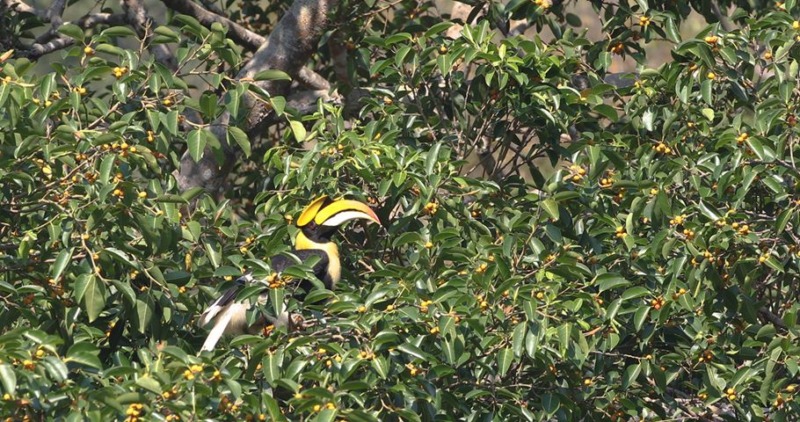
Photo by Nathan Rolls
Bird and wildlife-lovers alike will rejoice at seeing the Great Hornbill (Buceros bicornis). This species is one of the largest in the hornbill family, certainly the largest in Thailand, with a near-five-foot wingspan! Often, you’ll hear its wing beats well before you see it flying through the air.
There are many varieties of Hornbill throughout the country, and the Great Hornbill isn’t named “Great” for nothing. Their extensive and stunning bill is beautiful to behold. It’s also one reason why these birds are Threatened, as their bills are sought-after for decoration.
Khao Yai National Park and Khao Sok National Park (particularly Cheow Lan Lake) are both wonderful places to get a good look at the Great Hornbill. If you see one, it’s likely another won’t be too far away as well – these birds mate for life and are very dedicated to each other. The Great Hornbill is on the top of our list for favorite animals to see in Thailand.
Keep an ear out for their distinct call:
PRO TIP: Listen to the calls of birds ahead of time to know when the bird you’re most wanting to see is in the area!
Black-and-Yellow BroadbilI
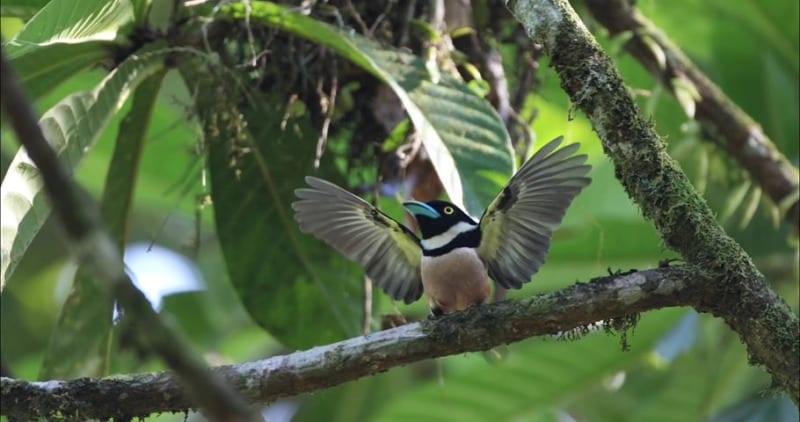
Photo by Nathan Rolls
The entire Broadbill family was on my bucket list of must-see birds in Thailand. The Black-and-Yellow Broadbill (Eurylaimus ochromalus) is especially stunning, with varying colors and patterns on its feathers and distinctive blue bill.
Broadbills are much smaller than they appear in your bird book, as they appear almost stocky. In reality, they’re really quite small, at only around 30 grams.
Pairs gather together around December to begin nest building and preparing for the breeding season.
We saw these fun birds only by happenstance, as our guide, Ed, pointed them out while walking through Khao Sok National Park. The pair we spotted were building their nest high in a tree. We wouldn’t have known they were there if he hadn’t said anything! Sitting with our binoculars and camera a good distance away, we simply enjoyed watching their movements and instinctual nest building mannerisms.
Listen to the different calls and songs broadbills can make, so that you will know for sure whether they’re hiding somewhere nearby! Their song is very distinctive, sounding similar to a cicada, though more sing-songy.
Macaque
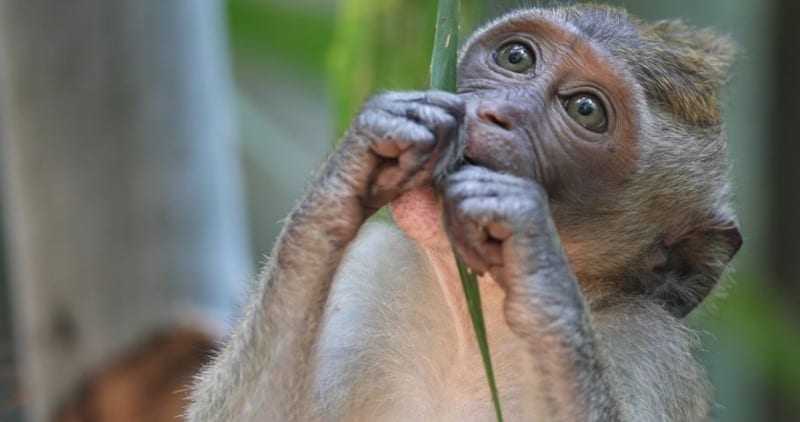
Photo by Nathan Rolls
There are a handful of Macaque species in Thailand, including the Long-tailed Macaque (Macaca fascicularis; pictured) and the Northern Pigtail Macaque (Macaca leonina). These are the two species we saw most readily.
Macaques can be seen throughout Thailand, and they’re certainly photogenic animals.
Be careful to keep your distance. Assert your dominance over them by clapping your hands loudly or stomping if they begin to get aggressive with you. Macaques that are found on hiking trails or near parking lots may be accustomed to being fed and can get aggressive when in search of food. Don’t give any food to them! Unfortunately, we saw, one too many times, macaques jumping onto people to steal away food, even a plastic water bottle.
These animals are very social, so you’ll often see them in fairly large groups. Macaques are also known for being bullies to other animals, especially when figs are fruiting high in the trees. Given this, don’t be surprised if other animals flee as a group of macaques comes near.
Flying Lizard
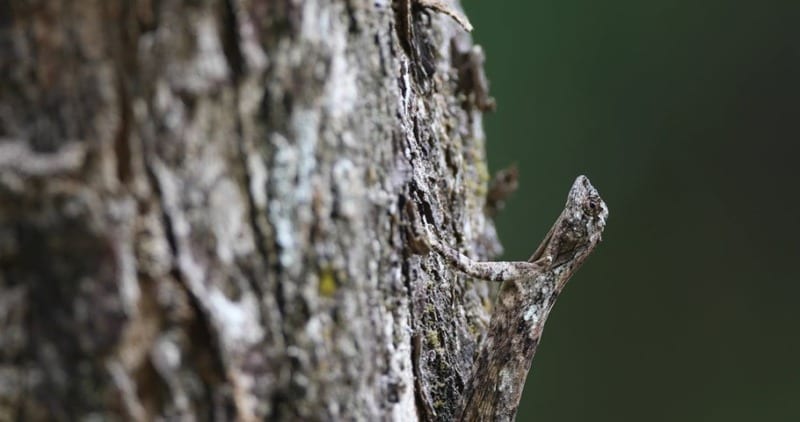
Photo by Nathan Rolls
When we first saw this flying lizard, also known as a the Spotted Flying Dragon (Draco maculatus), it had caught my eye, as I thought it was a falling leaf. However, a lizard appeared in the place where I suspected the “leaf” had landed!
Flying lizards glide, rather than fly, from tree to tree. Their stunning winged display and the males’ handsome, brightly colored “beard” flap is loads of fun to see.
As you can see, they blend in incredibly well with the trees on which they spend most of their time!
This particular individual was spotted in Khao Sok National Park, but various species are found throughout Southeast Asia.
White-handed Gibbon
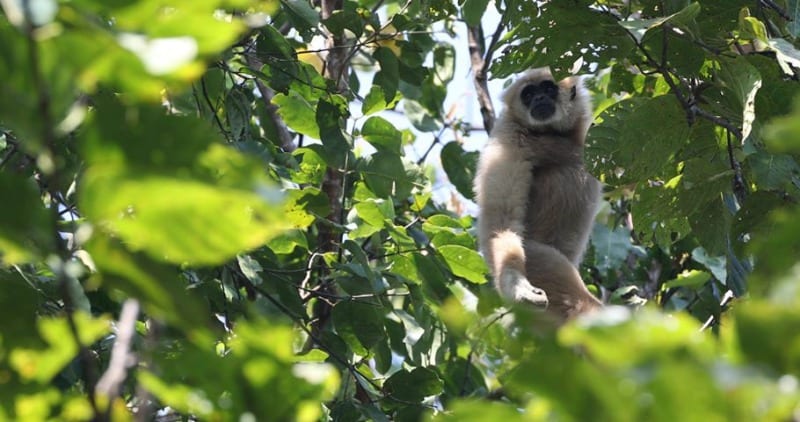
Photo by Nathan Rolls
White-handed Gibbons (Hylobates lar), to me, represent the sound of the jungle. Their high-pitched, solemn-sounding calls emanate through the forest and can be heard for miles.
In areas where a group of gibbons forms a solid territory, these calls will be heard quite often. This is how gibbons express to others where their territory boundaries are located!
While you’ll likely hear gibbons, seeing them is another story. They often live high in the rainforest canopy, far from where humans can spot them.
Khao Yai National Park offered a multitude of viewing opportunities for these beautiful animals, since the park’s roads periodically look out at the treetops in the forest.
While other gibbon species can be found in Thailand, the White-handed Gibbon was what we saw and heard most readily. Keep a lookout for their variety of fur colors, including black and cream.
Getting to hear and see them was such a treat, especially because these beautiful animals are considered Endangered.
Click here to check out some of the top places to see wildlife in the world!
Black Giant Squirrel
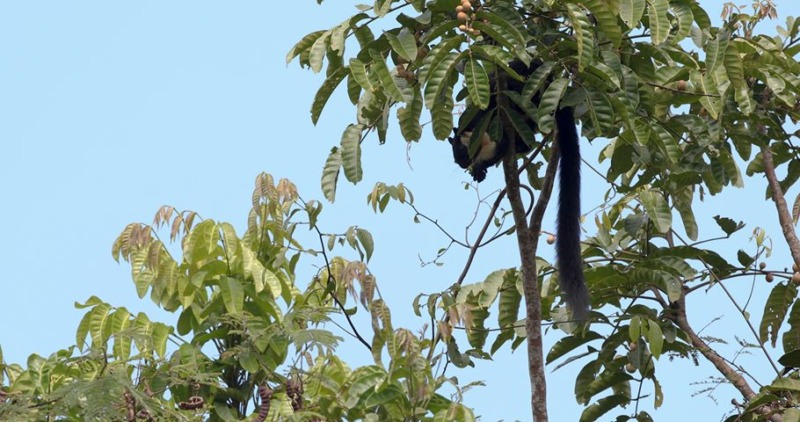
Photo by Nathan Rolls
The Black Giant Squirrel (Ratufa bicolor) is the largest squirrel in Thailand. It’s also one of the largest in the world, coming in at nearly 3 feet in length, including its very long tail.
These fun animals can be seen walking among tree branches in search of tasty fruits and nuts or a good place to rest. They’re so big that it’s pretty hard to miss seeing them if you continue to scan the tree branches!
Khao Yai is a wonderful place to see Black Giant Squirrels because of the park’s somewhat continuous tracts of forest. While they’re quite prevalent throughout the Malay Peninsula, the squirrels are no longer easy to spot. Because of habitat loss, they are considered Nearly Threatened.
Oak Leaf Butterfly
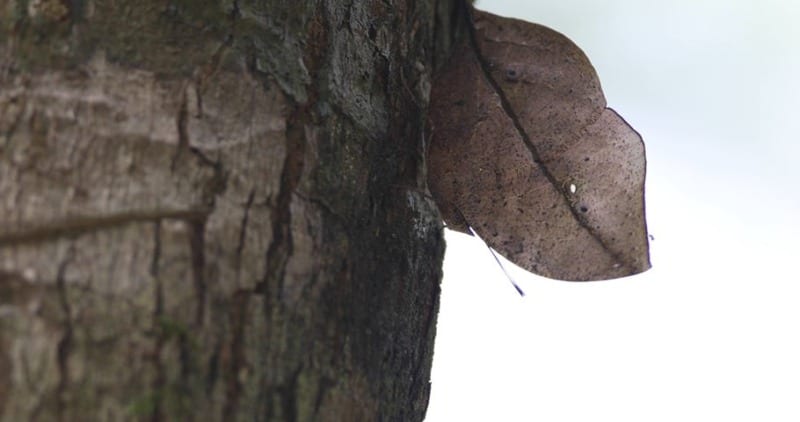
Photo by Nathan Rolls
This is another species we wouldn’t have seen without our fabulous guide, Ed, in Khao Sok.
The Oak Leaf Butterfly (Kallima inachus) looks just like a dried oak leaf, blending well into their environment to prevent from being eaten by a myriad of creatures in the jungle.
When it spreads its wings, however, its whole backside lights up with colors not unlike a sunset sky. Stopping to take the time to meander through forest trails leaves opportunities like seeing these unique insects possible!
Feeling adventurous?
Try out this jungle trekking tour of Khao Yai or this river rafting tour in Khao Sok! The Khao Sok tour also includes elephant bathing – NO riding!
Of course, there are MANY other animals in Thailand to see and experience. These are just selection of some of the neat things you’ll have the opportunity to see during your trip.
What are your bucket list animals in Thailand?? Let us know in the comments!
Happy travels!
Christa and Nathan
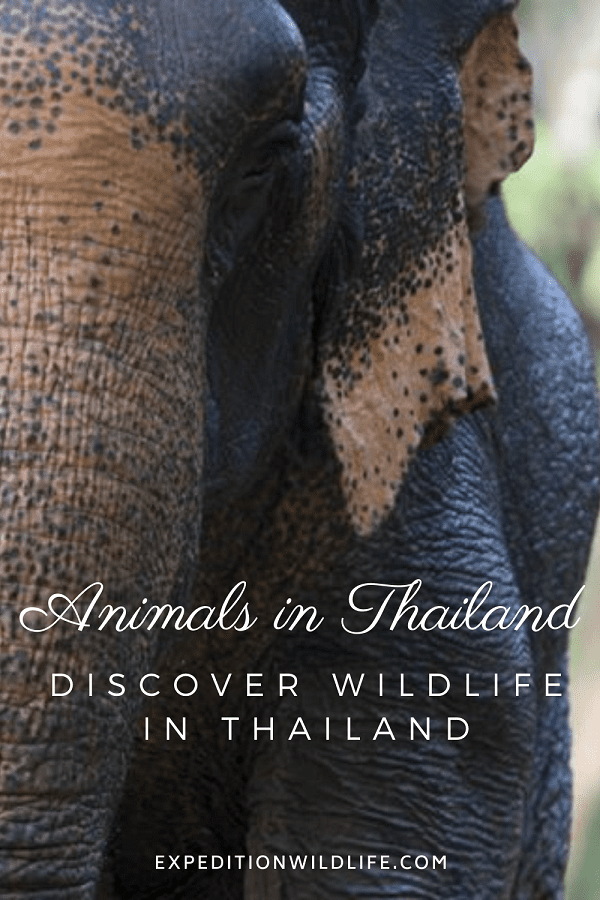

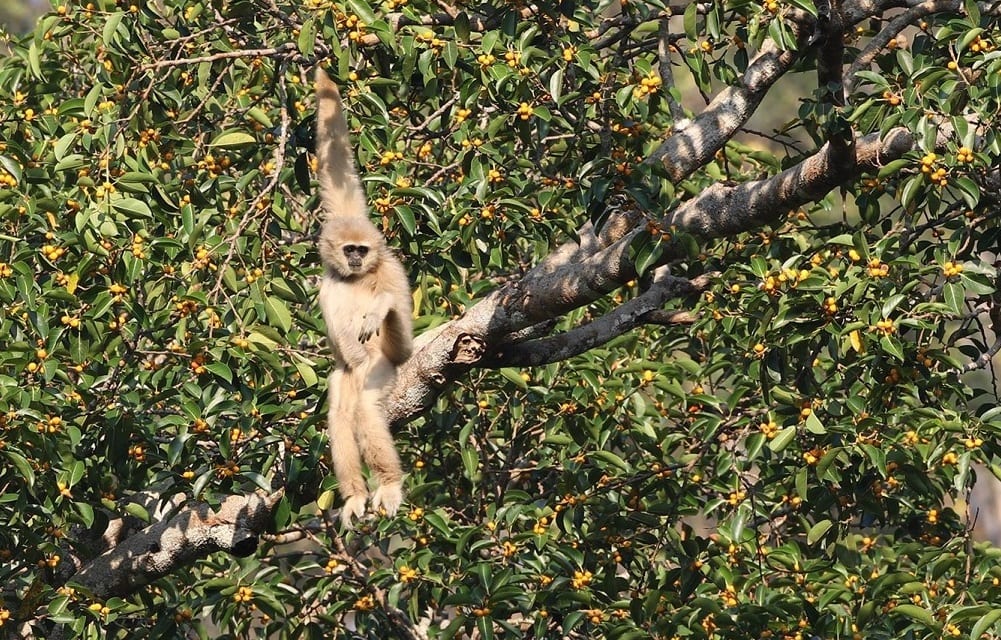
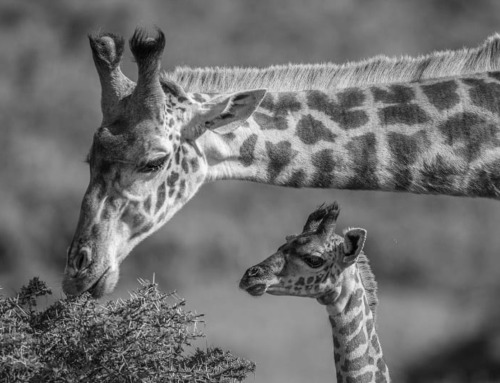
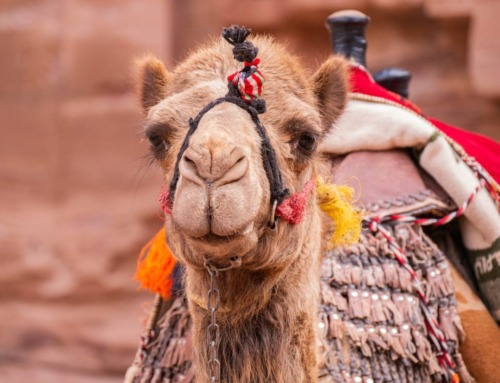
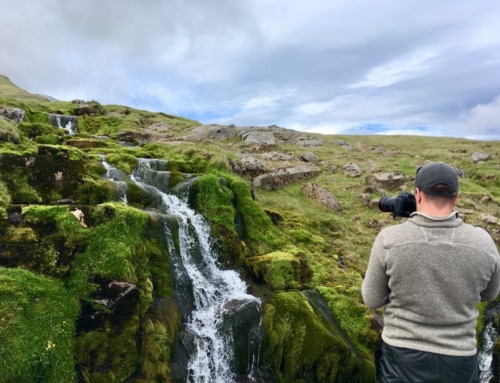
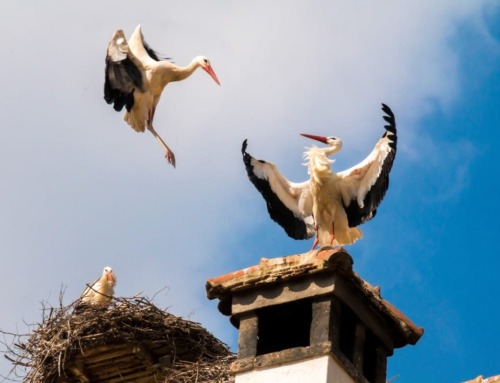

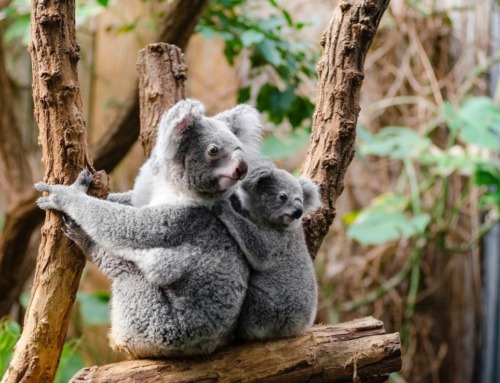
Leave A Comment